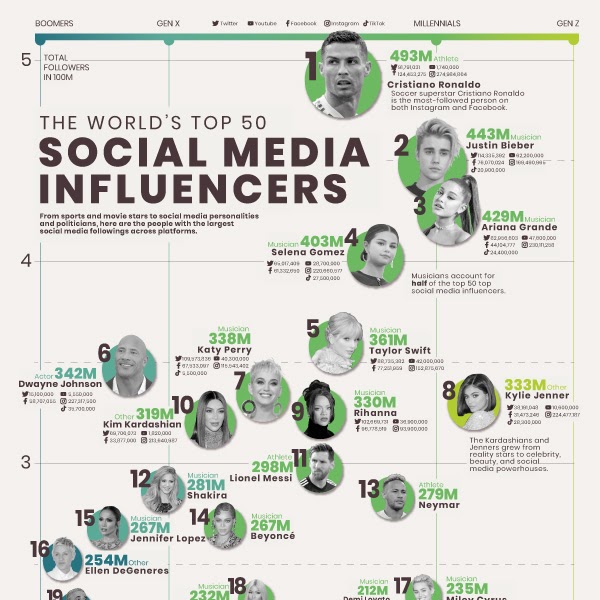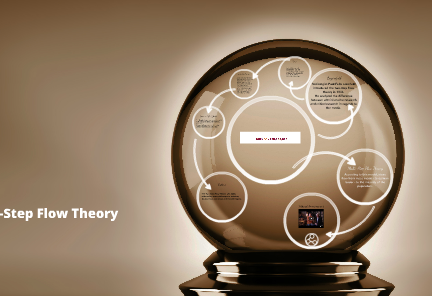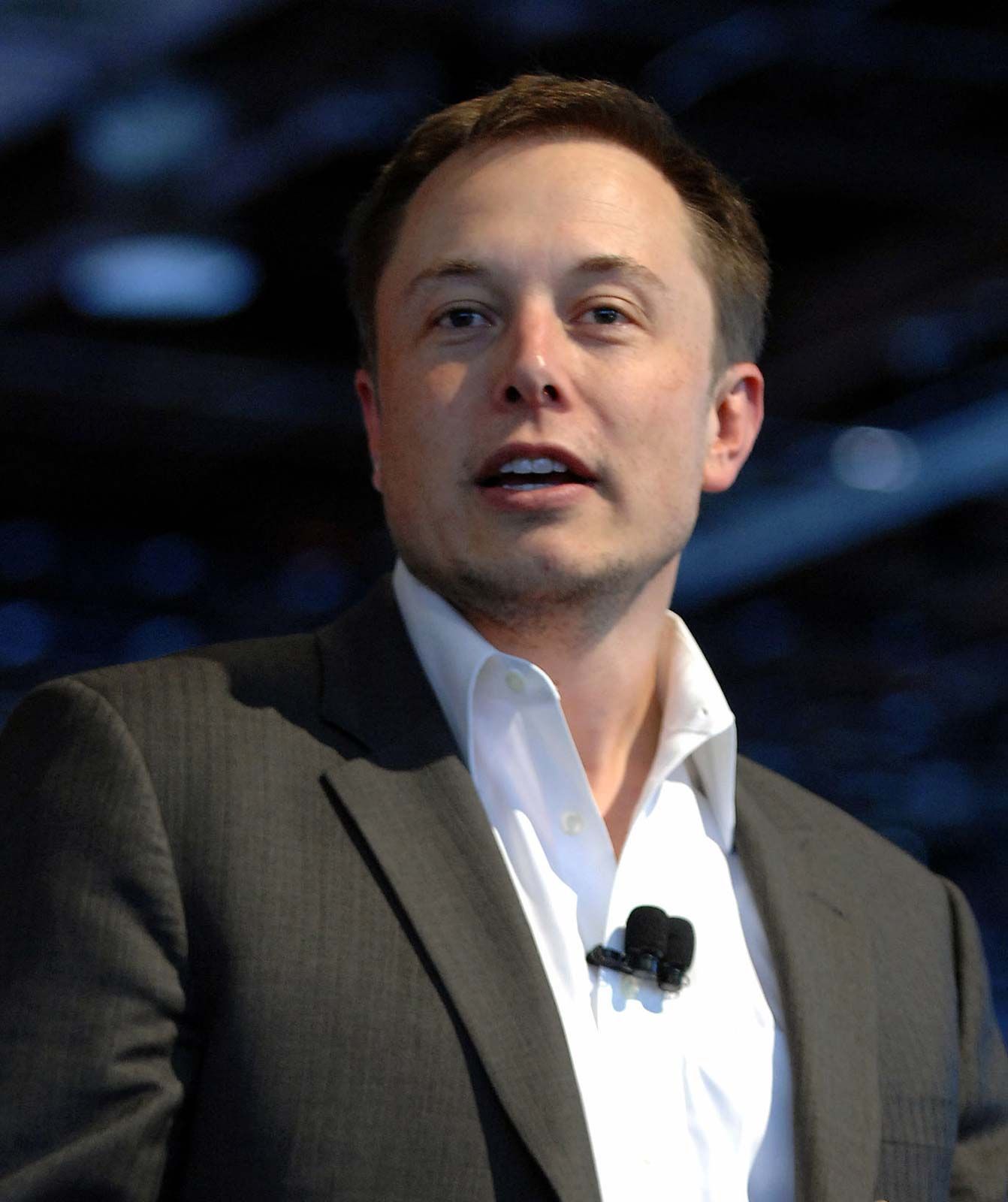
Understanding The Two-Step Flow Theory
What is the Two Step Flow Theory?
The Two Step Flow Theory is an understandment of how information flows and influences individual’s opinions and decisions. Paul Lazarsfeld, Bernard Berelson and Hazel Gaudet were whom proposed this theory in the mid 20th century. Even though this theory was conceived in a world far from the digital age world this theory is highly relevant as if offers understanding on how it impacts peoples attitudes and behaviour.
This theory actually challenges the traditional model of communication which put forward information from the mass onto the masses. The two step flow theory rather suggest that this information is not put out directly to the masses rather through opinion leaders or influencers within a certain community.
Key Components of this theory:
- Opinion leaders
In the Two-Step Flow Theory Opinion Leaders are whom actively seek information from the mass media sources such as newspapers, internet, television and way more which makes them highly educated for the masses, making them the go to source people in their social circles turn to for information. Examples of Opinion leaders are Politicians as they can influence the public with their speech and charisma. Business leaders such as Elon Musk and Jeff Bezos are also considered Opinion Leaders as they make decisions that affect the stock market globally.
- Influence on the Masses
Opinion leaders as mentioned highly influence the masses they filter information they receive from the media and provide a personal perspective and then influence the masses opinions and decisions as proven in examples above.
Digital Age and the Two-Step Flow Theory explained
The Two-Step Flow Theory has not lost it relevance in the digital age era rather it has adapted and changed to fit the new landscape of communication. In the Digital Age of social media, Opinion Leaders are now seen in the form of social media influencers, bloggers and vloggers. Here is how:
- Social Media Influencers
Social Media influencers have become the new opinion leaders of the Digital Age. These influencers have large amount of followers on social media platforms such as Instagram, TikTok and Youtube. On these platforms they share their recommendations on filtered information and gain significant trust from the masses.

- Virality and Information Cascades
Information now spreads rapidly on the media especially with influencers, a single tweet or video from a social media influncer becomes a ‘trend’ and all you see is rapidly spreading among their followers and affecting their activities and opinions even their fashion.
Examples- Molly-Mae the Love Island Star was seen wearing the known to be ‘viral’ Zara aviator jacket, because she has a huge following and young girls look up to her most girls in the UK were seen wearing the exact same jacket as her actions influenced their actions.

Molly-Mae in ‘viral’ Zara jacket
Challenges
- Fake news can spread easily
- Information is not known to be accurate through Opinion Leaders
Conclusion
As we can see The Two-Step Flow Theory is key for understanding the flow of information in the Digital Age. Through Opinion Leaders information now spreads rapidly. By understanding the two-step flow theory we can understand how filtered information is and is made available to us through influencers perspectives and then made to change and control our behaviours and opinions.
Reference
Molly-Mae Hague (@mollymae) • Instagram photos and videos




Hi,
Your blog is right a good place to learn about two-level communication theory! You provide a comprehensive overview of the components of two-tier communication theory, how it has evolved in the digital age, and what it tells us about the challenges facing media communication. In particular, in the component part of the theory you mention social media influencers, which rely on non-traditional relationships to communicate to the public, either because of their large number of followers, or because they provide information that some of the public wants, or because they share the same position as some of the public. the same, etc.
I think these opinion leaders on social media give social communication in the digital age a more complex level: firstly, the data age enhances the subjectivity of the masses. This is because the public can immediately provide feedback and comments while receiving information, reflecting the public’s ability to communicate, and most directly, the public can influence the increase or decrease in the number of follwers, which in turn affects the influence of opinion leaders. Also, this reminds me of Mark Granovetter’s “The Strength of Weak Ties”, where in the age of data, “strong ties”: e.g., friends, loved ones, and netizens who share the same online community of interest, instead create an information cocoon; while “Weak Ties” – relationships that interact less frequently – instead have lower costs and higher efficacy in exchanging fresh information.